When it comes to dessert, whether you’re a fan of...
Read More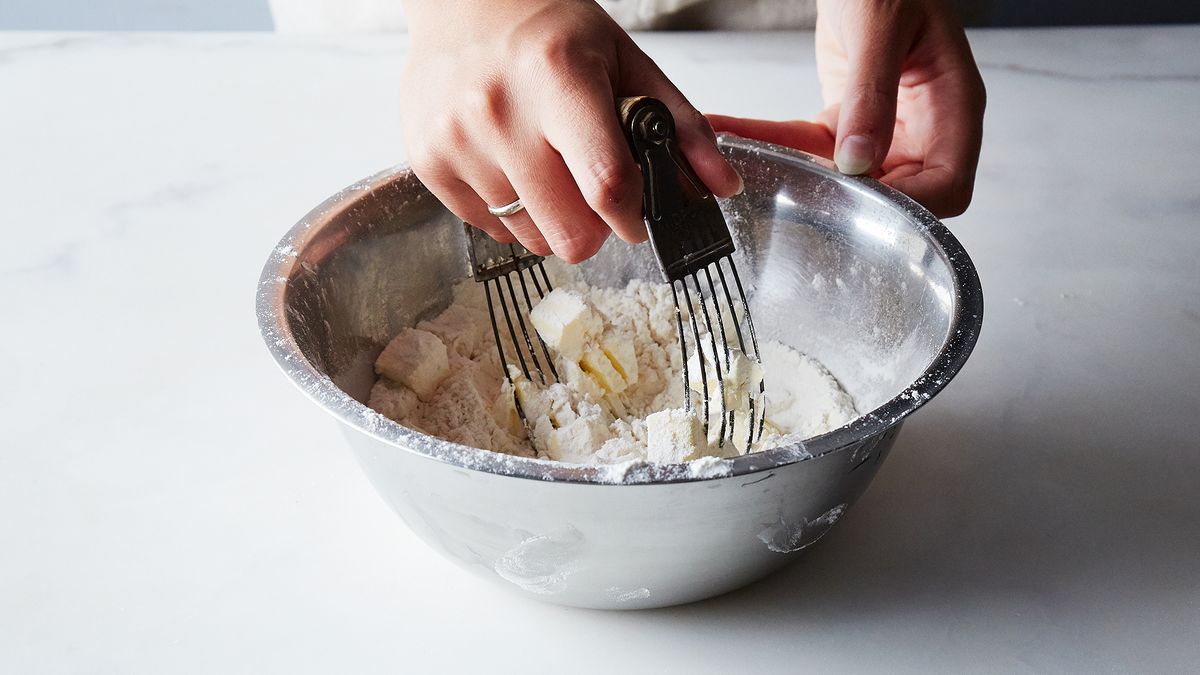
A pastry blender is a hand-held kitchen tool used for blending solid fats into dry ingredients when making pastry dough, biscuits, and similar baked goods. It typically consists of a handle and a series of curved metal blades, often made of stainless steel, that are designed to cut and blend the fat into the dry ingredients.
The blades are typically held together by a sturdy frame or wire, which helps to ensure that the blades remain in place while in use. The handle is usually made of wood or plastic and is ergonomically designed for comfortable use.
Pastry blenders are available in a variety of sizes and styles, from small handheld versions to larger models with longer blades that are designed for use in commercial kitchens. They are a popular and essential tool for bakers, pastry chefs, and home cooks who want to create tender, flaky pastry doughs and other baked goods.
Overall, a pastry blender is a versatile and handy tool for any kitchen that is essential for achieving the perfect texture in baked goods.
What is the best use for a pastry blender?
A pastry blender is a kitchen tool that is primarily used for cutting solid fats, such as butter, into dry ingredients, such as flour, to create a crumbly texture for pie crusts, biscuits, and other baked goods. It is a great tool to have if you frequently make pastries, scones, or similar baked items.
Using a pastry blender helps to evenly distribute the fat throughout the dry ingredients, which helps to create a tender, flaky texture in the finished product. It also helps to prevent over-mixing the dough, which can result in a tough or dense pastry.
In addition to its primary use for pastry making, a pastry blender can also be used for mashing cooked vegetables or beans, cutting hard-boiled eggs, and mixing small quantities of wet and dry ingredients. It can also be used to blend crumb toppings for pies or crisps.
Overall, a pastry blender is a versatile tool that can be a great addition to any kitchen, especially for those who love to bake.
What else can you use a pastry blender for?
In addition to its primary use in pastry making, a pastry blender can be used for a variety of other tasks in the kitchen. Here are some examples:
- Cutting butter or margarine into flour for making biscuits, scones, and pie crusts.
- Mashing cooked vegetables or fruits for making sauces, purees, or baby food.
- Chopping boiled eggs for egg salad or deviled eggs.
- Mixing crumb toppings for pies, crisps, or other desserts.
- Cutting shortening or lard into cornmeal for making cornbread.
- Blending cream cheese, butter, and powdered sugar for making frosting or icing.
- Chopping nuts or seeds for making toppings or adding to baked goods.
Overall, a pastry blender is a versatile kitchen tool that can be used for a variety of tasks beyond just pastry making. Its ability to quickly and evenly blend ingredients together makes it a useful addition to any home cook or baker’s kitchen.
What features does a pastry blender have?
A pastry blender typically consists of a handle and a series of curved metal blades that are designed to cut and blend solid fats into dry ingredients when making pastry dough, biscuits, and other baked goods.
Here are some common features of a pastry blender:
- Blades: The blades of a pastry blender are usually made of stainless steel and are curved to help cut the fat into small pieces. They are typically held together by a frame or wire that helps to keep them in place while in use.
- Handle: The handle of a pastry blender is usually made of wood, plastic, or another durable material. It is designed to be ergonomic and comfortable to hold, and is often textured or ribbed to provide a better grip.
- Size: Pastry blenders come in a variety of sizes, from small handheld versions to larger models with longer blades that are designed for use in commercial kitchens.
- Weight: The weight of a pastry blender can vary depending on its size and the materials used. A heavier pastry blender can help you apply more pressure when cutting through hard fats, while a lighter one may be easier to maneuver.
- Durability: A good pastry blender should be durable and able to withstand frequent use. Look for a model with sturdy blades and a handle that is securely attached to the frame.
Overall, a good pastry blender should be sturdy, comfortable to use, and able to cut through hard fats easily and evenly.
What baked product is a pastry blender used in?
A pastry blender is commonly used in making pastry dough for baked goods such as pies, tarts, and quiches. When making pastry dough, the pastry blender is used to cut cold butter or shortening into the flour mixture, which helps to create a flaky and tender texture in the finished product.
A pastry blender can also be used to make other baked goods such as biscuits, scones, and crumb toppings for pies and crisps. In general, any recipe that calls for cutting cold butter or shortening into flour can benefit from the use of a pastry blender.
Overall, a pastry blender is a versatile tool that can be used in a wide range of baked goods, helping to achieve a consistent texture and professional-looking result.
Can you use a fork instead of a pastry blender?
Yes, you can use a fork instead of a pastry blender to cut cold butter or shortening into flour. When using a fork, you’ll want to use a “cutting-in” motion, where you press the tines of the fork into the butter and flour mixture and then scrape the fork against the side of the bowl to release any trapped butter or flour.
However, using a fork can be more time-consuming and require more effort than using a pastry blender, as the tines of the fork are not designed to cut through the butter and flour as effectively as the blades of a pastry blender. As a result, it can be more difficult to achieve a consistent texture in your dough, and you may need to work harder to incorporate the butter evenly throughout the flour mixture.
Overall, while it is possible to use a fork instead of a pastry blender, a pastry blender is a more efficient tool that can help you achieve a better result with less effort.
What can you use if you did not have a pastry blender at home?
If you don’t have a pastry blender at home, there are several alternative tools you can use to cut cold butter or shortening into flour:
- Two knives: Use two knives, held parallel to each other, to cut the butter or shortening into the flour. Use a crisscrossing motion to cut the butter into small pieces.
- Food processor: Use a food processor fitted with a metal blade to pulse the cold butter or shortening and flour together until it resembles coarse crumbs.
- Grater: Use a box grater to grate the cold butter or shortening into small pieces, then use your fingers or a fork to mix it into the flour until it resembles coarse crumbs.
- Your hands: Use your fingers to rub the cold butter or shortening into the flour until it resembles coarse crumbs. This method can be time-consuming and messy, but it is effective.
While a pastry blender is the most efficient and precise tool for cutting cold butter or shortening into flour, these alternative methods can be effective in a pinch and will help you achieve a similar result.
Benefits of using pastry blender
There are several benefits to using a pastry blender in your baking:
- Consistent texture: A pastry blender can help you achieve a consistent texture in your dough, resulting in a better final product. By cutting the cold butter or shortening into small pieces and blending it evenly with the flour, you can ensure that the dough will bake evenly and have a flaky, tender texture.
- Efficiency: A pastry blender is a quick and efficient tool for cutting cold butter or shortening into flour, saving you time and effort compared to using a fork or other alternative methods.
- Precision: The blades of a pastry blender are designed to cut through the butter or shortening in a precise and controlled manner, allowing you to achieve the desired texture without overworking the dough.
- Professional results: Using a pastry blender can help you achieve a more professional-looking result in your baked goods, with a consistent texture and evenly distributed fat throughout the dough.
Overall, using a pastry blender can help you achieve better results in your baking, with less effort and a more consistent outcome. It is a versatile tool that can be used in a variety of recipes and is a valuable addition to any baker’s kitchen.
How do I choose a pastry blender?
When choosing a pastry blender, here are some factors to consider:
- Material: Pastry blenders are typically made from either metal or plastic. Metal pastry blenders are more durable and long-lasting, while plastic pastry blenders are lighter and more affordable.
- Number of blades: Some pastry blenders have fewer blades, while others have more. More blades can help to cut through the butter or shortening more efficiently, resulting in a better texture in the finished dough.
- Shape and size: Pastry blenders come in a variety of shapes and sizes, so choose one that feels comfortable in your hand and fits well into your mixing bowl.
- Brand reputation: Choose a pastry blender from a reputable brand known for producing quality kitchen tools.
- Reviews: Read online reviews from other users to see what they have to say about the pastry blender you are considering, and whether it performs well and holds up over time.
Overall, the best pastry blender for you will depend on your personal preferences and needs in the kitchen. Look for a durable, comfortable-to-use tool that fits your budget and is designed to achieve the results you want in your baked goods.
How to use pastry blender safely
To use a pastry blender safely, follow these guidelines:
- Keep your fingers and hands clear of the blades: When using a pastry blender, be careful not to put your fingers or hands too close to the blades. Keep them clear to avoid injury.
- Use a sturdy bowl: Choose a sturdy mixing bowl that can handle the pressure of using the pastry blender. This will prevent the bowl from tipping or breaking, which could be dangerous.
- Use a stable surface: Make sure your work surface is stable and won’t move or slide around while you’re using the pastry blender.
- Apply even pressure: Apply even pressure to the pastry blender as you cut the cold butter or shortening into the flour. This will help you achieve a consistent texture in your dough and prevent the blades from getting stuck.
- Clean and store properly: After using your pastry blender, be sure to clean it thoroughly and store it in a safe place. This will help prevent rusting or damage to the blades, which could be dangerous or impact the performance of the tool.
By following these safety guidelines, you can use a pastry blender effectively and achieve the desired results in your baking without putting yourself or others at risk.
How to clean pastry blender
Cleaning your pastry blender is important to maintain its performance and longevity. Here are the steps to clean a pastry blender:
- Remove any excess dough or flour: Use a clean, dry brush or a scraper to remove any remaining dough or flour from the blades.
- Rinse under running water: Hold the pastry blender under running water to rinse off any remaining debris.
- Use dish soap: Apply a small amount of dish soap to the blades and work it in using a soft sponge or brush.
- Rinse thoroughly: Rinse the pastry blender under running water until all the soap suds are gone.
- Dry thoroughly: Pat the pastry blender dry with a clean towel or cloth, making sure to remove any water droplets from the blades.
- Store properly: Store the pastry blender in a dry, cool place, away from moisture and other kitchen tools that could damage the blades.
It is important to clean your pastry blender after each use to prevent the buildup of bacteria, and to ensure that it continues to perform well over time. By following these steps, you can keep your pastry blender clean and in good condition for years to come.
What is the care of a pastry blender?
Proper care of a pastry blender is important to ensure its longevity and to keep it in good condition for use. Here are some tips for caring for your pastry blender:
- Clean after use: After using your pastry blender, be sure to clean it thoroughly with warm soapy water and a sponge or dishcloth. Pay special attention to the blades, as they can be difficult to clean. Rinse thoroughly and dry with a clean towel.
- Avoid soaking: Avoid soaking your pastry blender in water or leaving it to sit in water, as this can cause the blades to rust or dull over time.
- Store properly: Store your pastry blender in a dry place, away from moisture or humidity, to prevent rust or corrosion. You can also wrap it in a clean towel or store it in a plastic bag to protect it from dust and dirt.
- Sharpen blades: Over time, the blades of your pastry blender may become dull. You can sharpen them using a knife sharpener or honing stone, or take it to a professional for sharpening.
- Use with care: Be careful when using your pastry blender, as the blades can be sharp. Avoid using excessive force, which can cause the blades to bend or break.
By following these care tips, you can keep your pastry blender in good condition and ensure that it continues to perform well for years to come.
Troubleshooting about pastry blender
Here are some common troubleshooting tips for using a pastry blender:
- Butter is not blending evenly: If the butter or shortening is not blending evenly with the flour, it may be too warm. Make sure that the butter is cold and firm, and if necessary, chill the dough for a few minutes before continuing.
- Dough is too dry or too wet: If the dough is too dry, add a small amount of liquid such as water or milk to moisten it. If the dough is too wet, add more flour to adjust the consistency.
- Blades are getting stuck: If the blades of the pastry blender are getting stuck, it may be because the butter or shortening is too hard. Try cutting it into smaller pieces, or let it soften slightly before blending.
- Overworked dough: If the dough becomes tough or rubbery, it may have been overworked. To avoid this, use a light touch when blending the butter and flour, and stop as soon as the mixture is crumbly.
- Uneven texture: If the dough has an uneven texture, it may be because the butter or shortening was not cut into small enough pieces, or because it was not blended evenly with the flour. Make sure to cut the butter into small pieces and use a pastry blender to blend it evenly with the flour.
By following these troubleshooting tips, you can avoid common problems and achieve the desired results when using a pastry blender in your baking.
Is a pastry blender necessary?
While it’s possible to make pastry dough, biscuits, and other baked goods without a pastry blender, it is a useful and time-saving tool that can help you achieve the perfect texture in your baked goods.
When you use a pastry blender to cut cold butter or shortening into flour, it helps to evenly distribute the fat throughout the dough, which results in a tender and flaky texture. This is because the blades of the pastry blender help to cut the fat into small pieces, which are then evenly distributed throughout the flour mixture. This is difficult to achieve with other methods, such as using a fork or your hands.
While it’s possible to achieve a similar result with a food processor, a pastry blender is a much more affordable and compact tool that takes up less space in your kitchen. It’s also easier to clean than a food processor and requires less cleanup overall.
In summary, a pastry blender is not strictly necessary for baking, but it is a useful tool to have in your kitchen if you enjoy making pastry doughs and other baked goods. It can help you achieve a consistent and professional-looking result, and can save you time and effort in the process.
Related Posts
Best Bench Scrapers Reviews And Buyer’s Guide.
While kneading and shaping bread dough with your hands is...
Read MoreA Guide To Buying The Best Pastry Brush For You
When it comes to freshly baked pie crust’s signature flaky,...
Read MoreWhy Trust Us
You will find what you are looking for at Jody's Bakery. From classic to luxury brands, you'll find both. We will help you to select appliances that fit your needs, budget and lifestyle. Whether you want to stop by to learn more — or plan to make a major purchase — we’ll treat you like family and assist you every step of the way. Shop with us today to receive friendly and experienced help along the way.








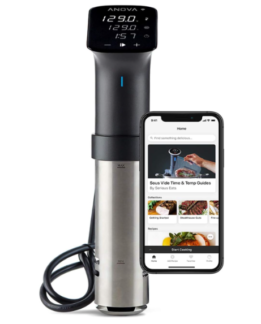
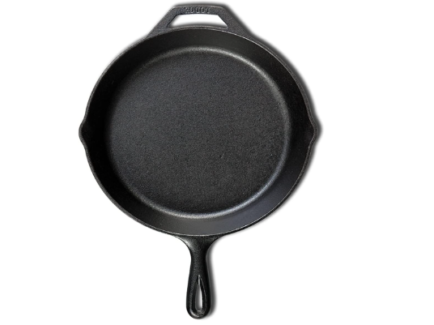
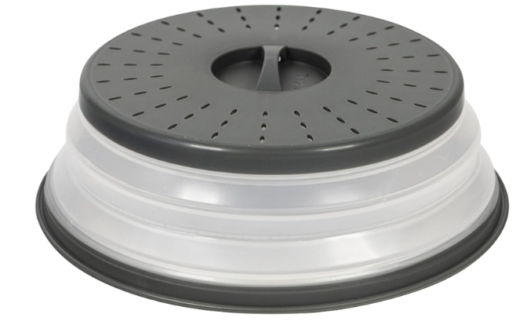
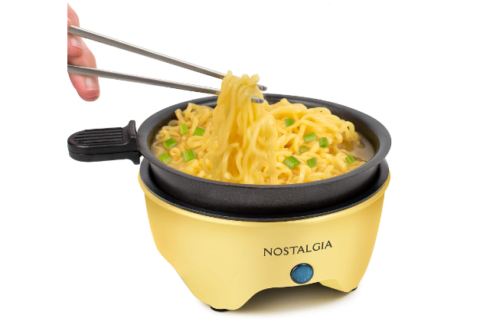
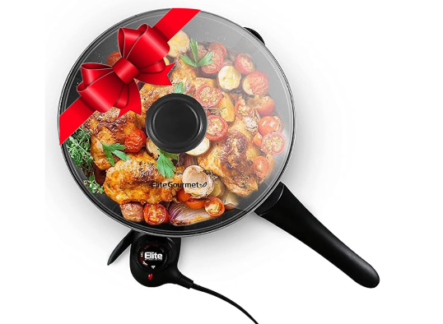
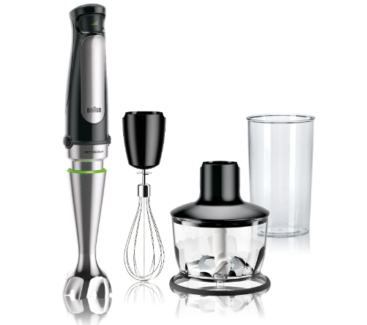
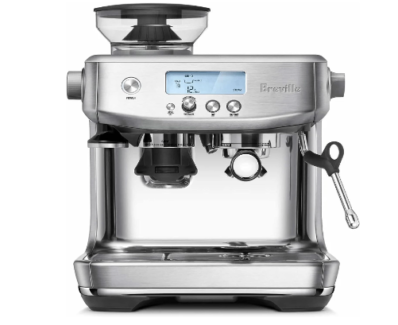
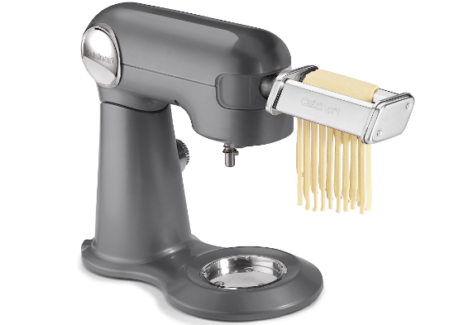
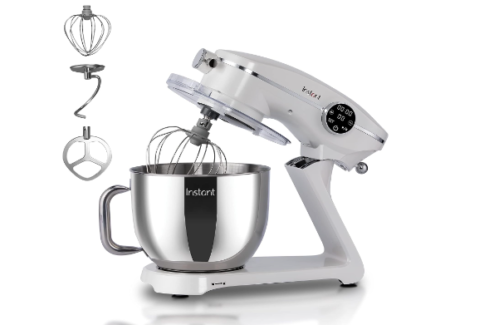

This article really resonated with me. The points made were compelling. Id love to hear more opinions. Check out my profile for more!